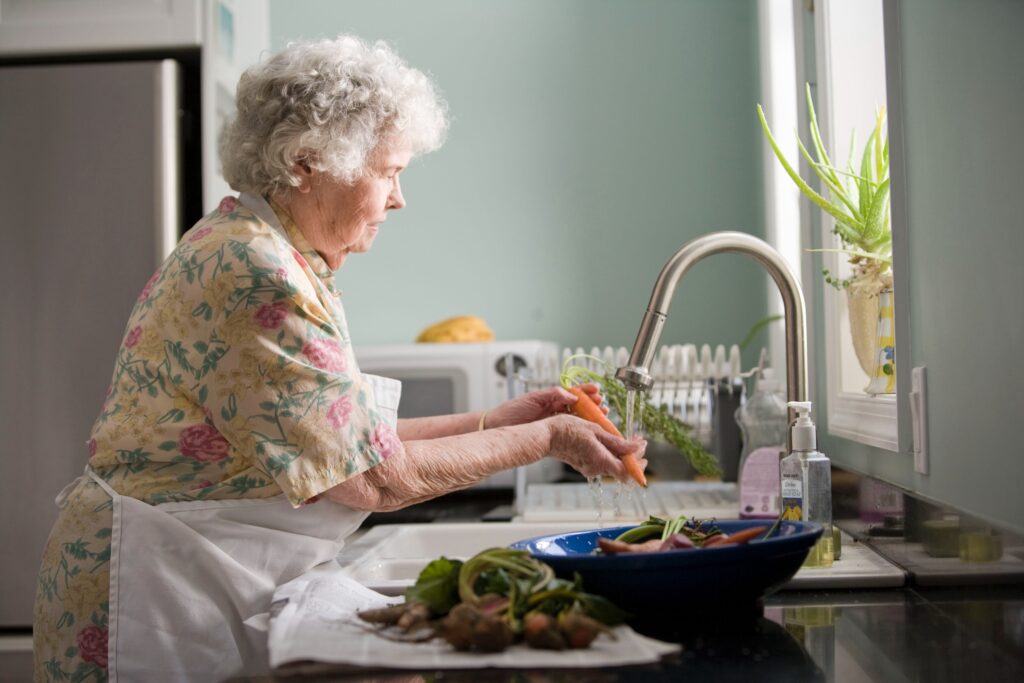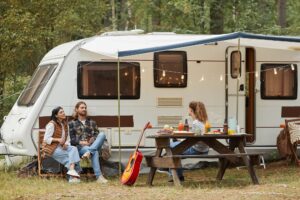Wellderly Week is observed in the U.S. on the third week of March. We should celebrate our elders every day of the year but it’s important to designate observations that are dedicated to the well-being of senior citizens. Wellderly Week encourages community members to come together and help our elderly live their life to the fullest.
One Way to be Proactive in Senior Well-Being is through Home Modifications.
According to a survey conducted by the U.S. Department of Housing and Urban Development, the vast majority of older Americans would like to remain living in their own homes for as long as physically and/or mentally possible. Of these individuals, most said they could live for an extra 10 years in their homes because of these adjustments, according to the survey.
What are Home Modifications for Seniors?
Home modifications are adjustments or adaptations made to the home so an elderly or disabled person can perform daily tasks as safely as possible while maintaining their independence. The type of modifications made will depend on the individual’s abilities and home layout.
Many times those who require home modifications have problems with areas such as the stairs, kitchen, bathroom, driveway and basement.
These areas of the home present complications and dangers because the elderly or disabled individual is suffering from one or more of the following problems:
- Bad vision or hearing
- Trouble with depth perception
- Diminished sense of smell and touch
- Too short or too tall
- Weakness or reduced mobility
- Poor balance and grip
- Lack of coordination
- Cognitive impairments
- History of falling
Solutions
There are many simple solutions to allow individuals to remain in their homes while still being able to perform daily activities with minimal to no trouble. Here are some useful home modifications:
Improve Convenience and Accessibility
- Install wheelchair ramps.
- Install bed rails.
- Place a portable toilet in the bedroom.
- Replace round doorknobs with levers.
- Install a raised toilet seat.
- Place a shower chair in the shower or tub.
- Install crank windows.
- Purchase clocks and telephones with larger numbers.
- Install anti-scald devices in the bathroom sinks and showers.
- Install an emergency response system.
Improving Lighting and Visibility
- Place light switches on the top and bottom of staircases and close to room entrances.
- Install lighted switch plates.
- Install voice- or sound-activated systems.
- Install motion-censored exterior lighting.
Improving Safety and Support
- Take away loose rugs or secure them with non-skid backing or double-sided carpet tape.
- Install non-slip flooring in bathrooms and kitchens.
- Place bright-colored non-skid tape on the edges of stairs to highlight them.
- Install rubber treads on uncarpeted indoor and outdoor stairs.
- Install handrails and grab bars in stairways and bathrooms.
- Place an adjustable rail on the edge of the bathtub.
Programs That Can Cover Home Modifications for Seniors
Most states offer Medicaid programs that cover home modifications to enable elderly and / or disabled individuals to remain living at home. Medicare and Medicaid are two separate, government-run programs. They are operated and funded by different parts of the government and primarily serve different groups.
- Medicare is a federal program that provides health coverage if you are 65+ or under 65 and have a disability, no matter your income.
- Medicaid is a state and federal program that provides health coverage if you have a very low income.
- If you are eligible for both Medicare and Medicaid (dually eligible), you can have both. They will work together to provide you with health coverage and lower your costs.
Finding Your Plan With Acentria
We care about the things that matter the most when it comes to you and your Medicare coverage. That’s why our team of professionals takes time to understand your needs and budget to pinpoint the best Medicare plan for you. Contact us to get started.
























